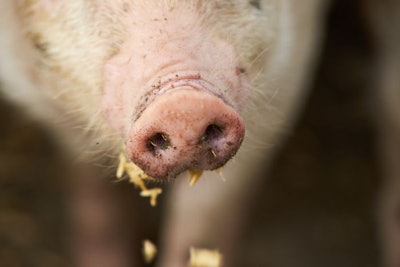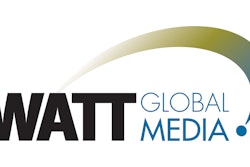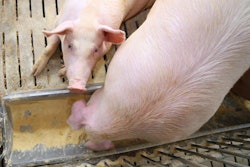
Good biosecurity is key to animal health and disease prevention, experts say
Biosecurity and prevention are the keys to feed safety and animal health, according to two experts.
Sofia Rengman, Ph.D., business development manager at Perstorp Animal Nutrition, and Kurt Richardson, Ph.D., chief science officer at Anitox, presented their findings during the webinar, “Biosecurity best practices for improving feed safety, pig health,” presented by Feed Strategy and WATT Global Media on June 18.
“We work a lot with biosecurity and prevention,” Rengman said. “You need to work at several different levels.”
This includes ensuring buildings have proper ventilation, temperature and humidity; biosecurity such as vermin control and cleaning; an animal health program; and a high-quality feeding program.
“Working on all these levels, you need an integrated approach,” she said. “Everyone needs to aim at the same goal and need to work together,” such as farm managers, veterinarians, consultants, feed producers, transporters, authorities, consumers and universities.
“We all need to cooperate. It’s not just the farm manager’s responsibility,” she added.
Feed hygiene and gut health
Rengman said feed hygiene and gut health are the two key areas of focus.
“Feed hygiene can comprise a lot of things,” she said, including mitigating molds and mycotoxins, pathogenic bacteria, oxidation of fats and oils, heavy metals and dioxins.
Additionally, the risk of contamination all along the value chain must be controlled.
“You have a lot of feed contamination risks, and controlling all these risks is a difficult task because there are risks all along the value chain from when the grain in grown in the field until the feed reaches the animals themselves,” she said.
Once the feed reaches the animals, Rengman said, then “we need to be concerned about gut health” to ensure good overall health and productivity.
Viruses in feed
In addition to these contamination risks, Richardson said, “now, we’re starting to find viruses” in feed.
“Viruses in feed have resulted in outbreaks in animals,” he said. “In 2013, with the outbreak of (porcine epidemic diarrhea virus) in the United States, people started focusing more attention on viruses in feed and we’ve learned a lot of things that we would have never thought possible.”
And feed has also been a factor in the spread of African swine fever.
“There’s three different outbreaks that have occurred worldwide that can be attributed back to feed and feed ingredients,” he said.
These outbreaks occurred in Russia, Latvia and China between 2014 and 2019.
But while feed is a known disease risk, Richardson echoed Rengman, saying biosecurity is key.
“Feed is not the only risk factor, with respect to viral entry onto swine farms,” he said. “We still have to focus on good biosecurity in all areas.”


















